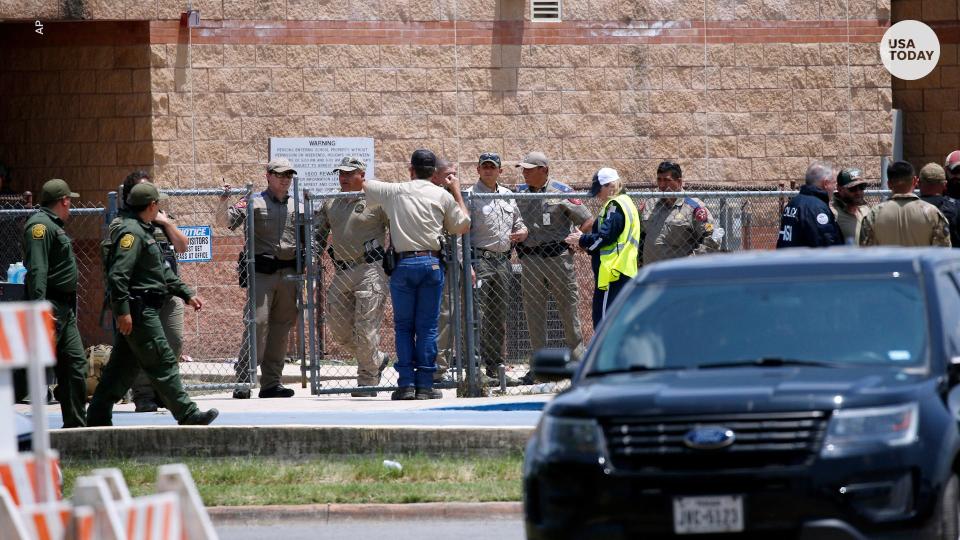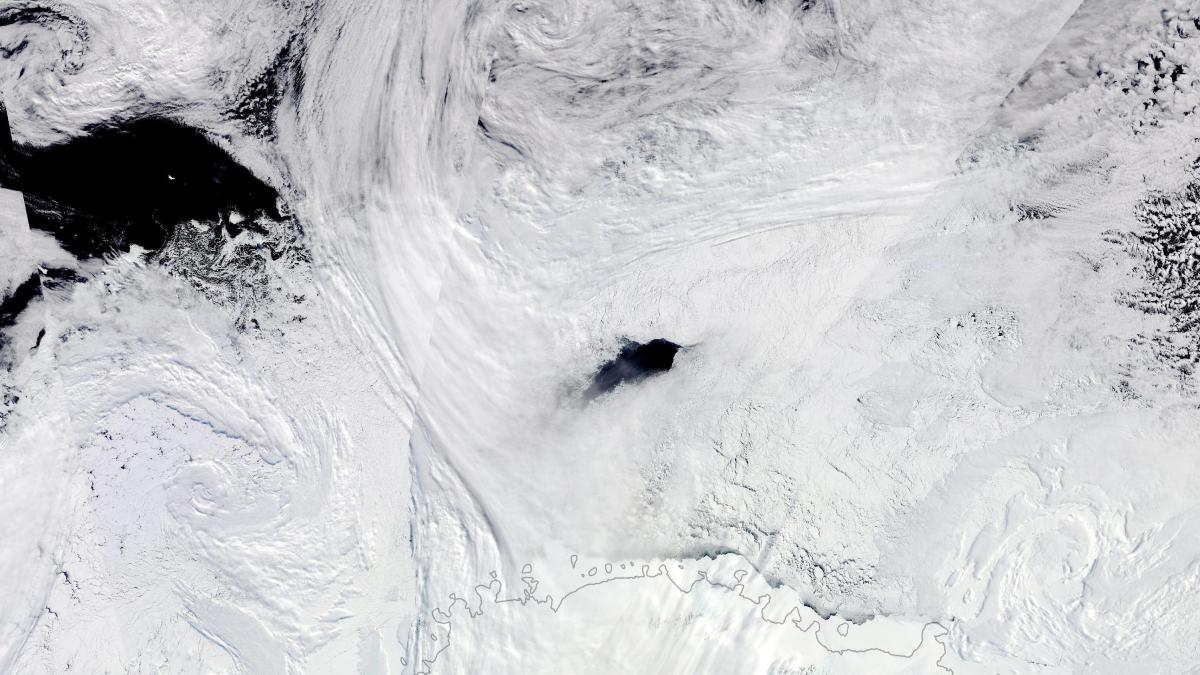Law enforcement officers who responded to the 2022 Robb Elementary School shooting could face criminal charges from a grand jury in Uvalde County. A total of 376 officers from local, state and federal agencies responded to the event on May 24, 2022, but as of this writing, it’s not clear how many of those officers could potentially face charges.
Law enforcement has been criticized for their handling of the shooting following the release of exclusive surveillance footage by the Statesman in 2022 showing police waited 77 minutes to enter the classroom where the shooter was. On Thursday, the U.S. Department of Justice released a scathing report that outlined top-to-bottom “cascading failures” by law enforcement. Nineteen students and two teachers died that day, making the incident the worst school shooting in Texas history.

Here’s what we know about how grand juries work in Texas, how long it could before a verdict is reached, and if there is a precedent for police to face charges tied to shootings like this.
How does a grand jury work?
This grand jury was selected by Uvalde County District Judge Camile DuBose. There are 12 grand jury members, and they are each required to be residents of the county. They must be able to read and write and not face any charges themselves.
Should a member miss a session, an alternate takes their place. At least nine members must be present for a session to proceed.
These sessions, often held bi-monthly, are held in secret. Jurors, witnesses, and attorneys participating in proceedings are forbidden from speaking about them through the course of their probe. Doing so can result in a $500 fine and up to 30 days in jail.
A prosecutor presents relevant facts, and evidence is taken into account by the grand jury. The grand jury is left alone to deliberate whether probable cause exists.
What does a grand jury indictment mean and how long could the Uvalde case take?
Through a vote (or what most of us might consider a verdict), the members will decide if probable cause exists in the case. If at least nine of them do, it’s called a “true bill.” This empowers a prosecutor to have cause for filing charges.
The case in Uvalde County has been in the works for weeks. Now that the seating of 12 members by a judge has been completed, the process could take several weeks or even months. The Uvalde Leader-News, who first reported the news, said it could take up to six months, meaning an indictment could come more than two years after the tragedy.
What evidence tied to Robb Elementary shooting will Uvalde grand jury weigh? What charges could they face?
The grand jury is expected to consider much of the same evidence the DOJ reviewed before issuing a scathing report that cited widespread failures in how law enforcement reacted to the mass shooting.
The investigation noted a “lack of clear communication and command structure” by law enforcement at the school as well as misinformation being shared by officials.
Dig deeper: What are the key takeaways from DOJ’s Uvalde shooting report? Here’s a closer look
As of now, it’s not clear what charges the officers could face, but the Statesman has confirmed they do include child endangerment. Under Texas law, a person commits the offense of child endangerment if he or she “intentionally, knowingly, recklessly or with criminal negligence” places a child 15 or younger “in imminent danger of death.”
DOJ report called the Uvalde shooting response a ‘failure.’ How many officers who responded were fired?
Three months after the May 2022 shooting, the Uvalde Consolidated School District’s school board fired their police chief Pete Arredondo. The DOJ report noted that Arredondo was the “de facto on-scene commander” and began to treat the situation as involving a barricaded subject scenario rather than as an active shooter situation.
Attorney General Merrick Garland called the decision “the most significant failure” in a press conference discussing the investigation.
Fewer than 10 law enforcement officers are known to have resigned or been fired after the shooting.
After Parkland shooting, school officer was found not guilty of child neglect
Cases like this are rare, but a recent case involving a school resource officer offers precedent.
Five years after 17 people were killed at Marjory Stoneman Douglas High School in Florida, former school resource Scot Peterson was found not guilty of child neglect and negligence.
Armed with a handgun when he arrived on the scene of the Valentine’s Day mass shooting, prosecutors argued Peterson took cover instead of confronting the gunman and “chose to run,” putting his own life first. His defense team said Peterson was being scapegoated, and in the chaos of the shooting, he couldn’t have known where shots were coming from.
Peterson was charged with seven counts of felony child neglect for four students killed and three injured in a classroom building, three counts of misdemeanor culpable negligence for a teacher and adult student killed and a teacher injured, and perjury for allegedly lying to investigators under oath about his actions and understanding that day.
“Don’t anybody ever forget this was a massacre on February 14. The only person to blame was that monster… Everybody did the best they could. We did the best we could with the information we had,” Peterson said. “To the families of victims, he said, “I would love to talk to them… If they need to know the truth of what occurred, and not only my actions, but what occurred, I’m there for them.”
But Tony Montalto, whose 14-year-old daughter Gina was one of the first victims killed in the shooting, said he didn’t understand the jury’s decision.
“His inaction contributed to the shock and devastation of students and teachers at that school. His inaction contributed to the pain of our entire community,” Montalto told reporters outside the courtroom. “He didn’t do the right thing. He ran away.”
This article originally appeared on Austin American-Statesman: Grand jury and Uvalde shooting: What we know about case vs. officers

Amanda Smith is a dedicated U.S. correspondent with a passion for uncovering the stories that shape the nation. With a background in political science, she provides in-depth analysis and insightful commentary on domestic affairs, ensuring readers are well-informed about the latest developments across the United States.






